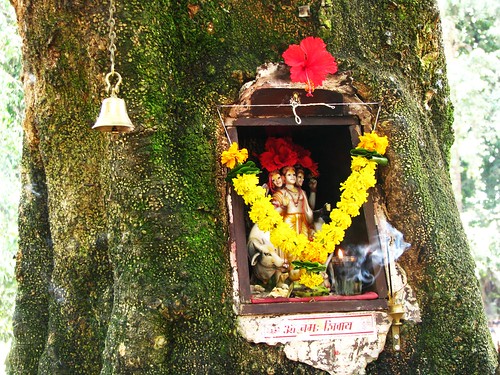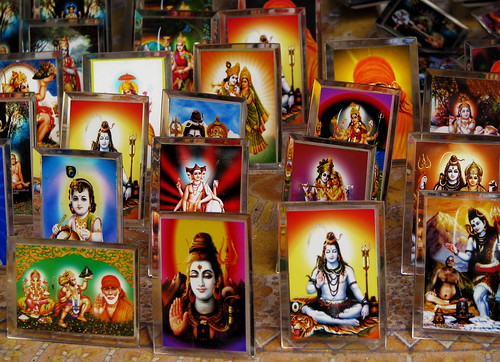There are a good number of reasons to visit Fort Kochi, in Kerala. One of them would be the quaint little cafés snuggling happily amidst the colorful houses and shops in the bylanes of Fort Kochi.
Kashi Art Café
Teapot Café
Ehem! I am sorry to say this, but I don't remember what I had at Teapot's. I was busy admiring the tea kettles and the various other artifacts on display at the cafe, including the big round table in the centre.
Kashi Art Café
The omelette, rich in cheese and the sinful chocolate cake that melts in your mouth... yummilicious is the word at Kashi Art Cafe. And a cup of hot chamomile tea.
Teapot Café
Ehem! I am sorry to say this, but I don't remember what I had at Teapot's. I was busy admiring the tea kettles and the various other artifacts on display at the cafe, including the big round table in the centre.
Sometimes it is good to let go and immerse yourself in a cup of coffee/tea without any particular plan of action.

































